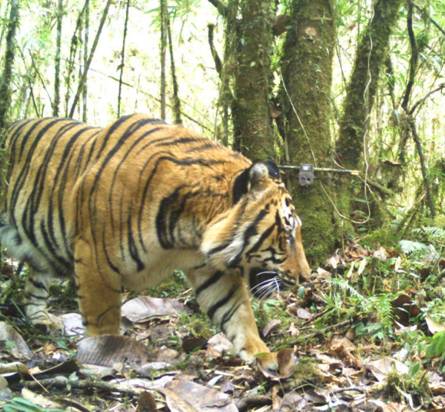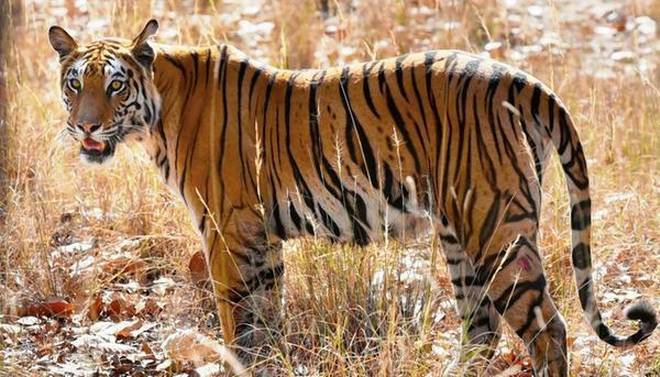It is the tenth year of International Tiger’s Day which was started at the Saint Petersburg Tiger Summit in the year 2010. This annual celebration was aimed to increase awareness for tiger conservation and after ten years, India is leading the battle from all the fronts and emerged out victorious.
The main aim of this day is to create global system for protecting the natural habitats of tigers and to raise public awareness for tiger conservation. The Heads of the Governments of Tiger Range countries at St. Petersburg, Russia, aimed to double tiger numbers across their global range by 2022 by signing the St. Petersburg declaration on tiger conservation. With best practices and dedication, India has fulfilled this commitment four years before the deadline. Over the years, India has emerged as a leader in tiger conservation and is looking forward to share the best practices with other Tiger range countries.
India’s tiger population now stands at 2967 which contributes to more than 70 per cent of the global tiger population. A feather in cap was added for India with the Guinness World Records recognizing the country’s efforts as India’s Tiger Census set a new record for being the world’s largest camera trap survey of wildlife.
Union Minister, Prakash Javadekar announced that Ministry of Environment, Forest and Climate Change is working on a programme in which efforts would be taken to provide water and fodder to animals in the forest itself to deal with the challenge of human-animal conflict which is causing deaths of animals. For this LIDAR based survey technology will be used for the first time. LIDAR is a method for measuring distances by illuminating the target with laser light and measuring the reflection with a sensor. This information was mentioned in the press release shared by the Ministry of Environment, Forest and Climate Change on the eve of International Tiger’s Day.
The Importance of Tigers in the Ecosystem
The ecosystem is the biological interaction of animals and organisms in an environment. A creature like a tiger not only helps in keeping a check on the ecosystem but maintain the balance between herbivores and the carnivores.

The Tigers play a major role in conserving our ecosystem. The food webs particularly remain intact which further stables the ecosystem. Supantha Syam, an environmentalist and someone who has worked in close quarters with the Wildlife Institute of India added, “The main tiger conservation and augmentation project is run by Wildlife Institute of India along with National Tiger Conservation Authority of India. The forest department carries out their work hand in hand with NTCA and WII and their reports. The 2018 tiger census was a huge motivation for India and there are new places where tiger augmentation and reintroduction work might be initiated.
Tigers hunt mammals such as deers, elephants and also have an interest in crocodiles, monkeys and other larger mammals. As they are known as the apex predators, they often have control over the prey system. This, in turn, controls the vegetation of an area where the tiger has preyed. This controls the food web which is very necessary for every kind of animal on the planet. But, this doesn’t mean the Tigers have it easy. Animal poaching is one of the most serious issues that the country is facing now. Tigers also face a great deal in poaching because they are looked at as a symbol for richness and status. With increasing awareness and wildlife conservation programmes hopefully tigers would be safe and could again live freely in their natural habitats without the scare of poaching.
If the ecosystem goes haywire due to fewer tigers, the entire ecosystem would suffer and eventually perish if one of the top predators goes extinct. On this International Tiger Day, we hope India shines better and with its practices emerge out as a global leader in the conservation of tigers.
Written by: Srijani Roy Chowdhury

